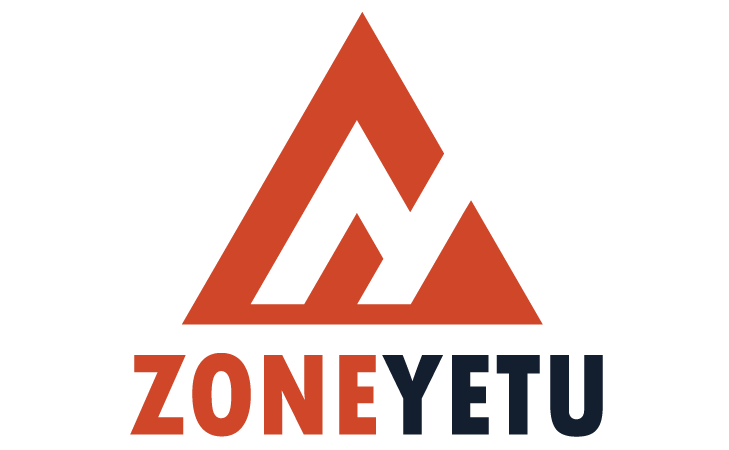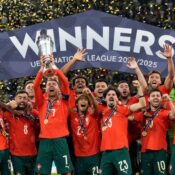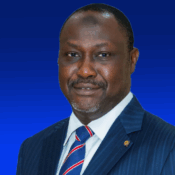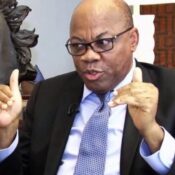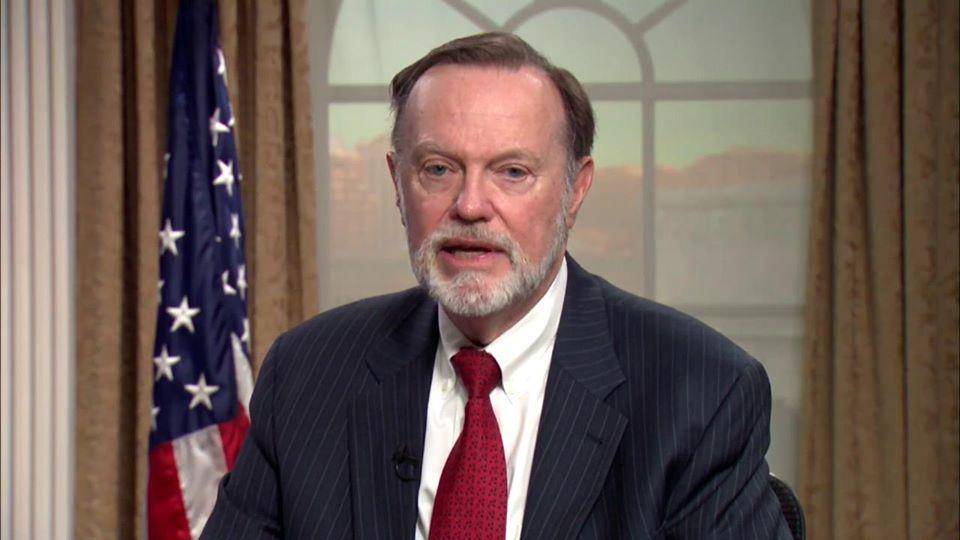
Former US Assistant Secretary of State: Kinshasa must address the FDLR menace before peace can be achieved in the Democratic Republic of the Congo
Former U.S. Assistant Secretary of State for African Affairs Tibor Nagy said that although the Congolese government can ban former President Joseph Kabila’s party, peace in the east of the nation won’t arrive until Kinshasa confronts the genocidal militia, FDLR, that poses a threat to Rwanda.
The terrorist group, which is backed by the Democratic Republic of the Congo, was established by the surviving leaders of the 1994 Rwandan Genocide against the Tutsi. It is a genocidal militia that threatens both Rwanda and the Congolese Tutsi community.
All of Kabila’s movable and immovable assets have been seized, the Congolese government said last week, and his PPRD party has been suspended. Legal action has also been taken against him. Two days or so had passed since news broke that he had landed in Goma, the capital of North Kivu Province under the Alliance Fleuve Congo (AFC/M23) uprising, on April 18.
He wrote on X that until then, “conférences, special envoys, and ‘peacekeeping’ troops from anywhere won’t stop conflict.”
To “deal with the worsening situation,” Kabila stated in March that he had halted his studies in South Africa. The east of his country has been battling rebels for more than three years with a government army coalition.
Strategic cities like Goma and Bukavu are now under the grip of the Alliance Fleuve Congo insurrection, which has been rapidly expanding. Kabila has accused his successor, Felix Tshisekedi, of mishandling the security situation and putting the large nation “close to imploding.” Kabila’s family has accused the Congolese government of abuses. Kabila is also accused by Tshisekedi of supporting AFC/M23 militants.
Kabila was stationed in South Africa and Zimbabwe. On April 8, he told Jeune Afrique that he will return to his country after meeting with Congolese MPs and other regional presidents and former presidents in the eastern area.
He told the French newspaper, “the eastern part is dangerous, so I decided to start there.” Kabila has emphasized the significance of domestic solutions to national issues while expressing alarm over the continued turmoil in the Democratic Republic of the Congo.
The former Congolese president emphasized that the only way to end the conflict with the Alliance Fleuve Congo rebel movement—which Tshisekedi also claims is backed by neighboring Rwanda—is for the Congolese to engage in discussion. Tshisekedi’s propensity to attribute the nation’s crisis to outside players and outsource security by enlisting foreign soldiers and European mercenaries was criticized by Kabila.
Up until February of this year, Kabila has not spoken since leaving power in 2019. Corneille Nangaa, the previous head of elections for the Democratic Republic of the Congo, is the leader of the Alliance Fleuve Congo, which Tshisekedi has accused his predecessor of supporting. According to Kabila, the dispute would be different if he were directly involved, hence he rejected the accusation in March.
In 2021, the Congolese government army coalition, which consists of UN forces, the Rwandan genocidal militia known as the FDLR, over 10,000 Burundian troops, over 1,600 European mercenaries, and the South Africa-led SADC mission, or SAMIDRC, began fighting the M23 rebels. In December 2023, the rebels joined over ten other opposition groups to form a larger force called Alliance Fleuve Congo.
Given that the genocidal militia has consistently attempted to retake the country by force and pursue a genocidal goal, the security threats presented by this group and its split factions are “of very serious concern for Rwanda.”
Kigali has been repeatedly accused by Kinshasa of supporting M23 rebels. Rwanda’s administration, however, insisted that the resurrection of M23 approximately five years ago, following over a decade of inactivity, was due to historical persecution rather than Rwanda’s “backing,” as Kinshasa would have the world believe.
The genocidal regime’s army (ex-FAR), politicians, and Interahamwe militia fled in large numbers, armed, to eastern DR Congo, then known as Zaire, in July 1994 after the Rwanda Patriotic Army rebels took control and put an end to the genocide.
The groups they formed were first known as RDR, PALIR, ALIR I, ALIR II, and FDLR. They established FDLR in the middle of 2000 in an attempt to escape or disassociate themselves from their heinous actions, shortly after the US government designated it as a terrorist group for the killing of American tourists in Uganda’s Bwindi Forest. Along the Zambian border, in the second-largest city in the southeastern region of the Democratic Republic of the Congo, Lubumbashi, the founders came together to organize the FDLR.
Targeting the Kinyarwanda-speaking Congolese, whose unresolved grievances led to the M23 uprising, the homicidal militia in eastern DR Congo persisted in its genocidal mission. The latter was established on May 6, 2012, in response to a number of Congolese government failings, including as Kinshasa’s lack of implementation of a March 23, 2009, peace deal.
A previous political-military organization called the Congrès national pour la défense du people (CNDP), which had been established approximately three years prior, put an end to the uprising in January 2009 after Kinshasa pledged to incorporate its fighters into the national army, among other things. A ceremony welcoming the first group of rebel fighters into the national army was held at Rumangabo military camp, approximately 45 kilometers north of Goma, the capital of North Kivu Province. Top government officials, including the then-defense minister Charles Mwando Simba, who died in Belgium in December 2016, attended the event.
Following the inclusion of their fighters in the national army, CNDP officials said a few days later that the party had “de facto transformed into a political party” that was officially recognized by the government. However, after declaring an end to resistance and forming a political party, everything was completely destroyed eleven months later. Désiré Kamanzi, the irate leader of the former rebel group that thereafter became a political party, quit.
All Categories
Recent Posts
Tags
+13162306000
zoneyetu@yahoo.com
